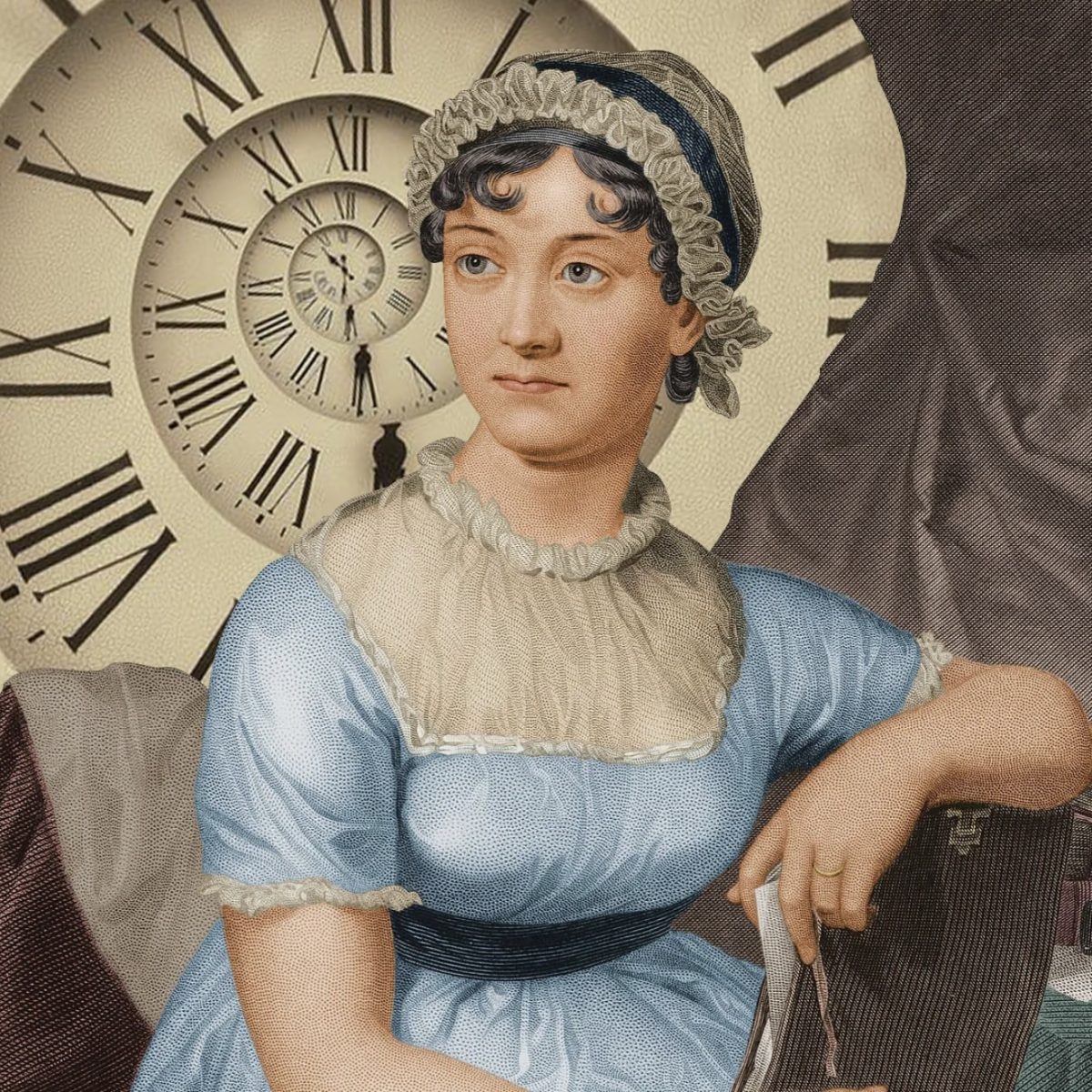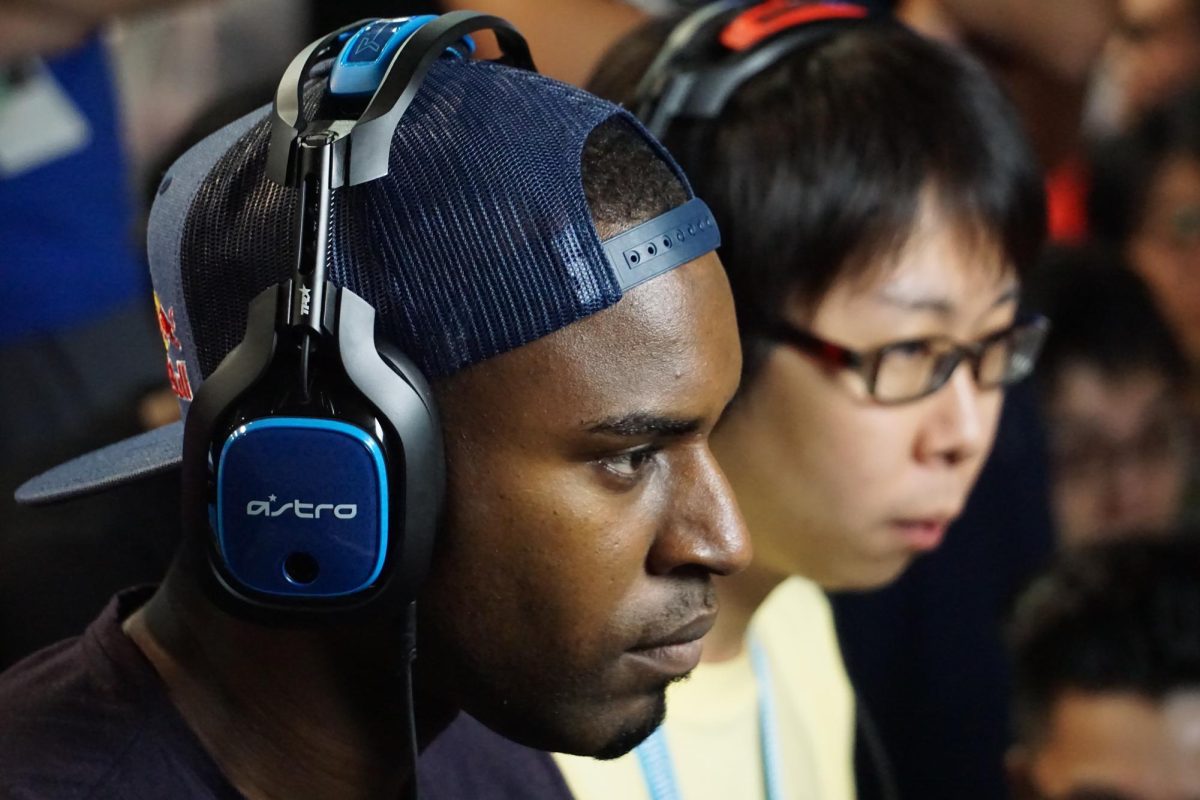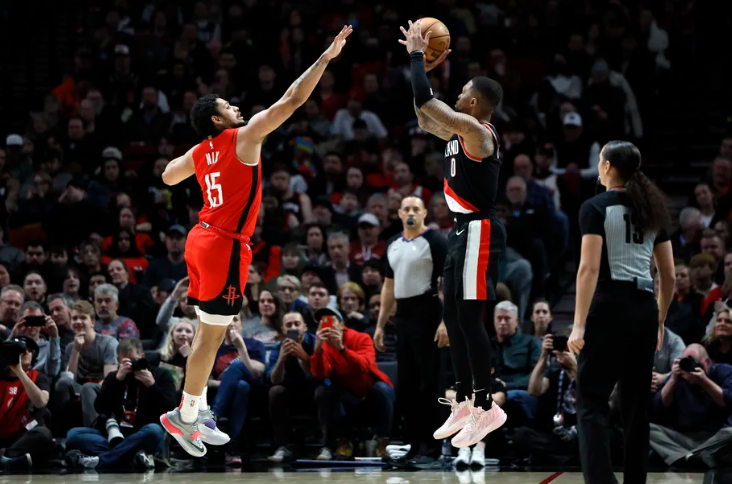When History is Made Weekly
Damian Lillard rising up for a corner jumpshot over Rockets’ guard Daishen Nix.
March 7, 2023
The 50-point game is an uncommon feat that’s usually accomplished by superstar-level players who are particularly in the zone for a night. In the 2012-13 season, top-tier scorers Stephen Curry, Carmelo Anthony and LeBron James accounted for the league’s three 50-point games that season. Just 10 years later in the 2022-23 season, 11 different players have recorded the league wide’s 21 50-point games this year, and we’re only three-fourths of the way through the season. Over the last 18 weeks, on average we’ve seen one 50-point game every six days, a 60-point performance once every month, along with two 70-point performances by Damian Lillard and Donovan Mitchell. Although these scoring explosions are exhilarating and fun to watch, should we be asking why this is such a common occurrence nowadays?
Volume of three-pointers taken
Damian Lillard’s 71-point outing against the Houston Rockets on Sunday night made history in a handful of ways: most efficient 70-point game, most points scored in less than 40 minutes, and most importantly, the most three-pointers made in a 60-point (or more) performance, as he sank 13 of his 22 three-point attempts. In Klay Thompson’s 54-point performance against the Atlanta Hawks back in January, he made ten threes. Darius Garland shot 10-15 from beyond the arc in a game where he notched 51 against the Minnesota Timberwolves back in November.
Players shoot more threes, and because the three-pointer is so heavily valued, players have become much better at making them. This allows for players to attempt nearly twice as many threes yet make them just as efficiently as previous eras of players.
In that previously mentioned 2012-13 season, teams on average attempted exactly 20 three-pointers and made approximately 36% of them, which is roughly 21 points per game. Just a decade later, that number has enlarged to 34 three pointers attempted per game, with teams connecting on exactly 36% of these attempts to account for 36 points per game coming from beyond the arc. If a player who regularly attempts ten to fifteen threes is in the zone and hits seven or more of them, they’re already about halfway to fifty points. Combine that with numerous drive attempts, breakaway layups, and all the free throws that these superstar-level players take, the fifty-point game has simply become more attainable.
Evolution of talent
When Wilt scored 100, virtually all of his points came from the paint, and Kobe’s 81 points against the Raptors in 2006 came almost exclusively from 16-20 feet away from the basket. When players like Donovan Mitchell, Devin Booker, and Jayson Tatum go off for 50+ points, it’s much different than watching those previously mentioned players do the same. Superstars today have deeper bags of offensive maneuvers and strategies that allow them to score at will at all three levels, even including seven-footers like Joel Embiid and Nikola Jokic. Just this past November we watched Embiid dismantle the Utah Jazz with crafty post moves that utilized his overwhelming strength and size, tough shots from the mid range, and a 27-foot bomb at the end of the second quarter; he ended the game with 59 points. Quick reminder that Joel Embiid is 7’2” and 280 pounds. Players nowadays are so well-rounded on offense that a handful of them can detonate for fifty against your favorite team, scoring from all three levels, and there’s nothing you nor your team can do to stop them.
Don’t think that 50-point performances aren’t special anymore just because players have improved so drastically on offense, it’s still an incredible feat. Even with all of these historic scoring nights we’ve witnessed recently, only 0.03% of players (160) in NBA history have scored 50 points in a single game. Although it’s very possible that by the time this article is published, that number will increase, discrediting half of the previously mentioned statistics.



















